After the end of World War I, America became the world’s greatest economic power. The dam of pent-up consumer buying during the war years burst and riding the wave of economic prosperity was Sears, Roebuck and Co., “The World’s Greatest Store”. Whatever product consumers wanted for their homes, Sears, Roebuck’s goal was to provide it, including for a short time, automobiles! Since Sears provided products for the home, their natural next step was to provide customers with prefabricated homes. Sears, Roebuck offered plans and materials to complete a home from designs included in five series from 1908 to 1940 that totaled 447 house plans.
The legacy of the Sears, Roebuck houses lives on and one day I discovered an exquisite Sears, Roebuck bungalow that is now the Publications House for Washington College. Houses are quite adaptable for office use; living rooms become reception and administration uses, dining rooms become conference spaces and bedrooms become single or dual workspaces, kitchens become break rooms. I loved the earth toned colors of the deep mocha shake siding, creamy white trim and the river rock used for the porch’s half wood, half river rock columns and how the river rock continued along the sides of the steps to the porch. Most of the Sears bungalows included in the 1926 Catalog had full front porches but this house’s porch wraps around the one corner of the house to take full advantage of its corner site. The publication “Chestertown Maryland: An Inventory of Historic Sites” lists this bungalow as being the first Sears, Roebuck house built in Chestertown.
Seeing this exquisite bungalow on its prominent corner location piqued my interest in the Sears, Roebuck houses. I began my research with the Chestertown and Easton libraries, the Maryland Room at the Easton Library, and the Talbot County Historical Society. Unfortunately, to date, no compilation of the Sears’ houses exists. To learn more about the Sears houses, I purchased “The Small House of the Twenties”; The Sears, Roebuck 1926 House Catalog”, that contained 71 designs from 1921-1926. The architectural styles featured in this series are American Four-Square, Cottage and Craftsman Bungalow with the only Spanish style house, “The Alhambra’, on the cover.
Perusing through the seventy-two house designs with floor plans, descriptions, interior renderings and an rendering of the house from a street, I recognized several house styles that could had been built, or inspired by, Sears house designs in Easton and St. Michaels’ Historic Districts. Houses change over time and multiple owners; single pane windows and storm windows may have been replaced with insulated units and perhaps window styles may have been changed from casement to double-hung or additions made to the original house. The Talbot County Historic Society found this house for me that originally could have been “The Tarryton” design with a later addition to the right side.
I received another tip from a former member of Easton’s Historic District Commission who told me that the owner of the house to the left of the photograph below had been told her new home was a Sears design. This is very probable since it closely resembles “The Olivia” design and is located across the street from the former railroad tracks that would have transported the house components via the railroad. Like the best streetscapes, this pair of houses are identical in layout and shake siding but their differences define their individual personalities. One house’s front porch is screened and the other is open to the roof rafters with a cross beam defining its Craftsman style. One house’s shake siding is painted and the other is stained. Both houses have porch steps at the front of the house to suit the urban sized lot.
Armed with the Sears, Roebuck 1926 Catalog to guide my search, I drove around Easton’s Historic District to study the streetscapes for Sears houses. To my knowledge, no houses I found during my driving tour are actual Sears houses but the similarities are striking.
The Dutch Colonial:
This Dutch Colonial is very similar to the Sears Roebuck design “The Martha Washington”
The American Four Square:
This house and many other American Four-Squares in Easton’s Historic District, resemble Sears’ “The Rockford”. This house reverses the floor plan of the Sears’ version and changes window sizes on the second floor and the attic level. The full brick columns become half brick, half wood for a Craftsman flair. I admired this house’s wood railing that breaks up the brick and gives a more open feeling to the porch.
Are you wondering if your house is a Sears House? Several clues might remain, such as stamped lumber exposed in your basement or attic. Framing members were stamped with a number and a letter to expedite the carpenters’ work. Other clues would be a shipping label, found on the back of molding around door and windows and in the 1930’s, hardware fixtures often had a small circle around the letters “SR” that would have been cast into the lower corner of a bathtub or the underside of kitchen sinks or bath lavatories.
Another hindrance to verification of homes built from Sears Roebuck designs is that during a corporate house cleaning records of home sales were destroyed. In addition, other companies offering prefabricated homes often copied designs from each other, so there are similarities among the various models from different manufacturers. I love scavenger hunts and want to continue my photographic documentation of possible Sears, Roebuck houses. If you own a home that was a Sears design, please contact me at [email protected] so I can begin to document these homes. Stay Tuned!
Many Thanks to the Librarians in Easton and Chestertown, The Maryland Room and the Talbot County Historical Society for their assistance.
“The Small House of the Twenties”; The Sears, Roebuck 1926 House Catalog”, An Unabridged Reprint, Sears, Roebuck and Co., A Joint Publication of The Athenaeum of Philadelphia and Dover Publications, Garden City, New York.
“Chestertown, Maryland, An Inventory of Historic Sites”, based upon an historic survey conducted by Robert McNeill, Michael Bourne and Kathleen B. White, with additional survey information by Marsha Fritz, Robert J.H. Janson-La Palme and Peter Newlin, FAIA
Spy House of the Week is an ongoing series that selects a different home each week. The Spy’s Habitat editor Jennifer Martella makes these selections based exclusively on her experience as a architect.
Jennifer Martella has pursued her dual careers in architecture and real estate since she moved to the Eastern Shore in 2004. Her award winning work has ranged from revitalization projects to a collaboration with the Maya Lin Studio for the Children’s Defense Fund’s corporate retreat in her home state of Tennessee.
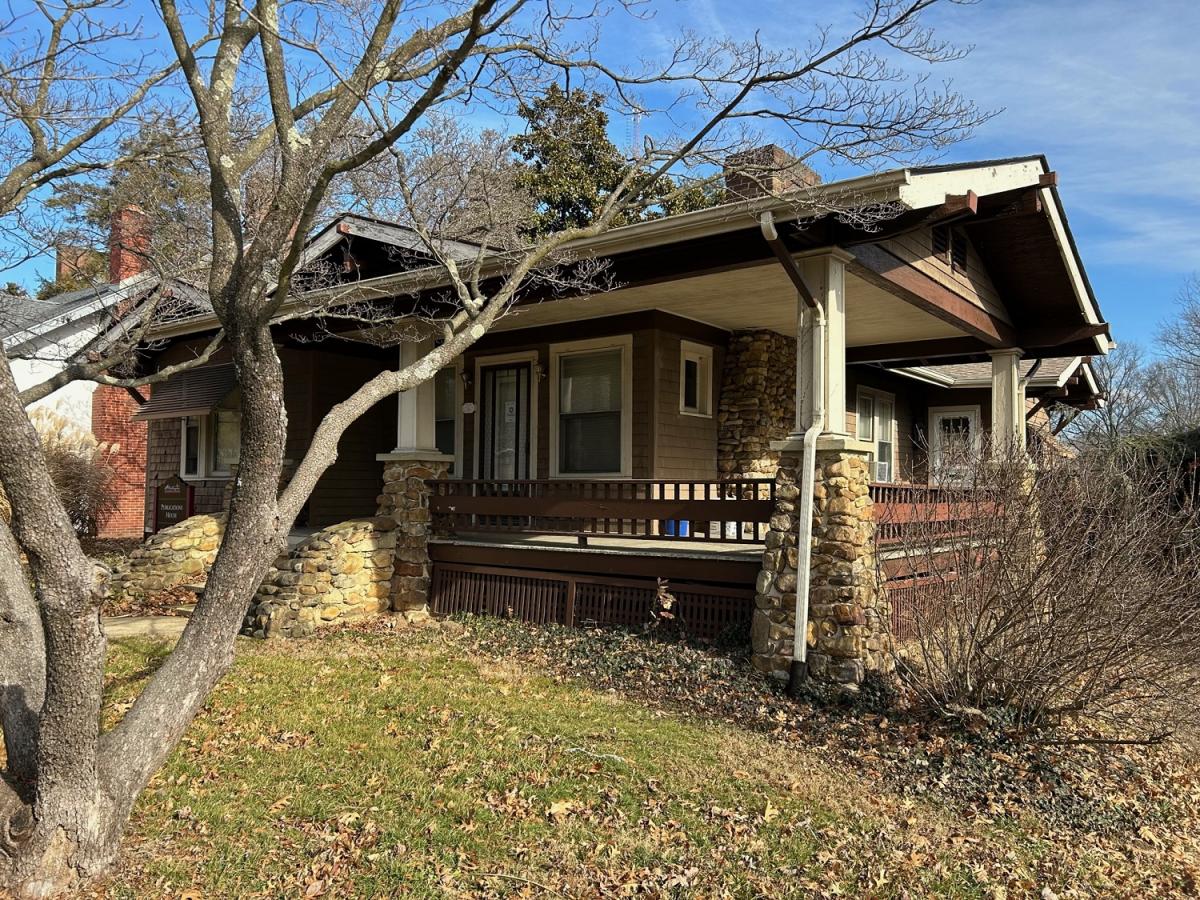



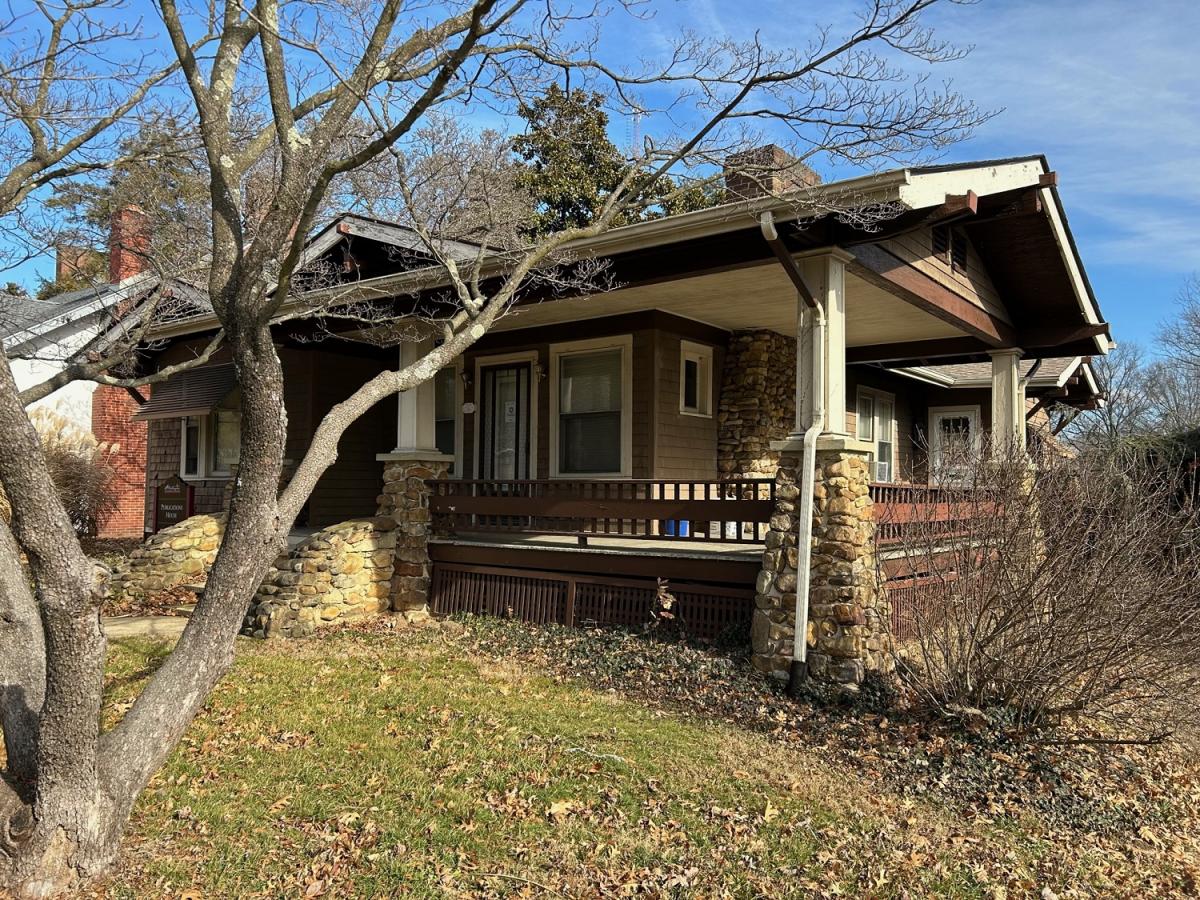
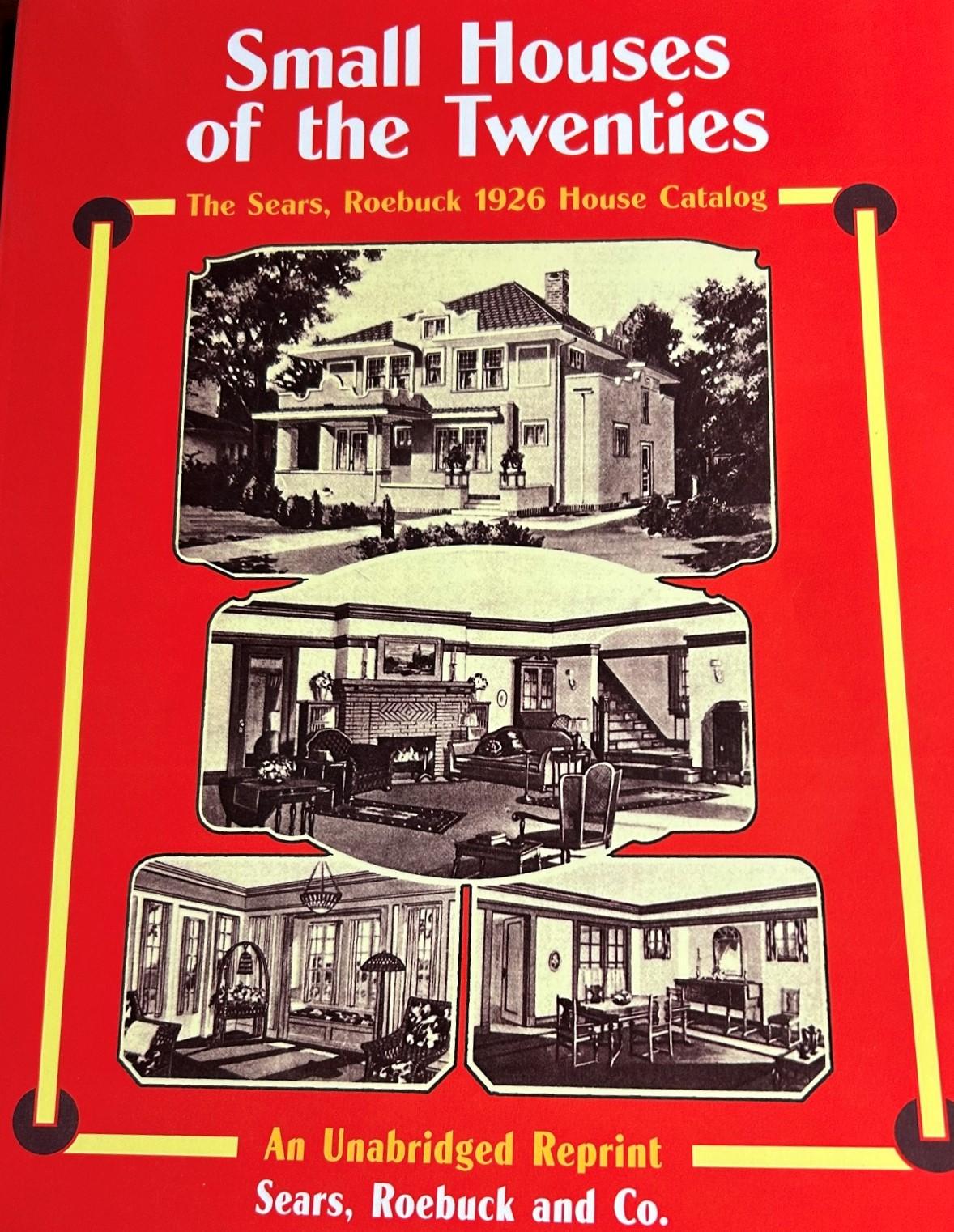
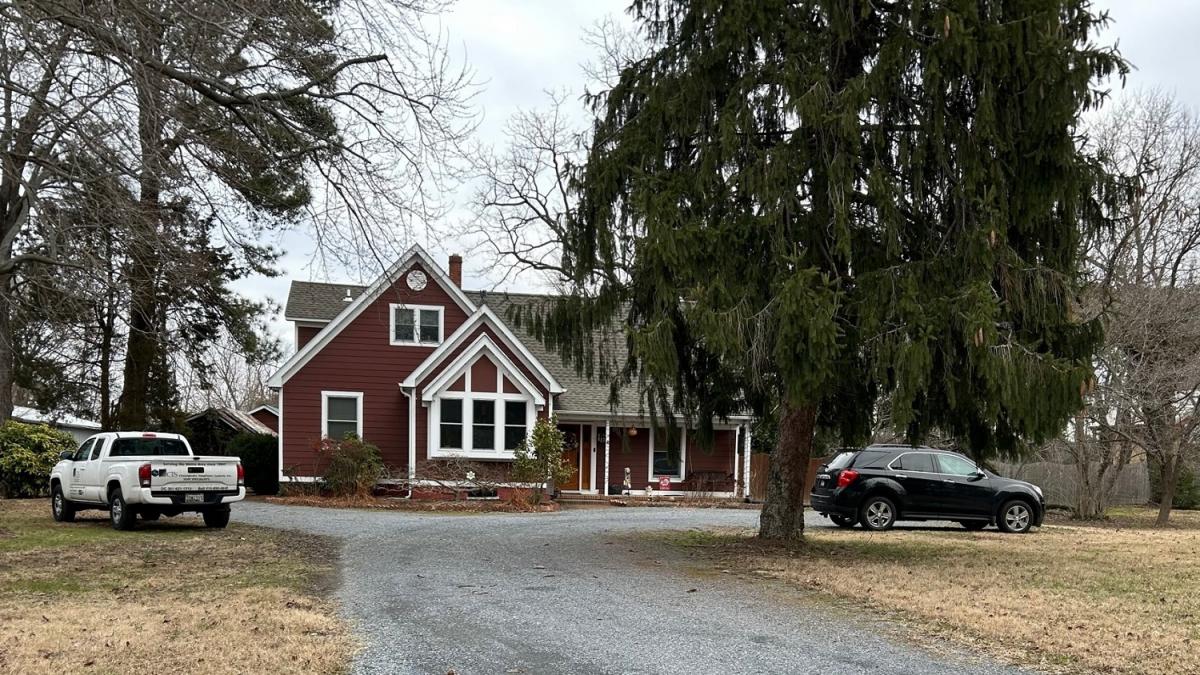
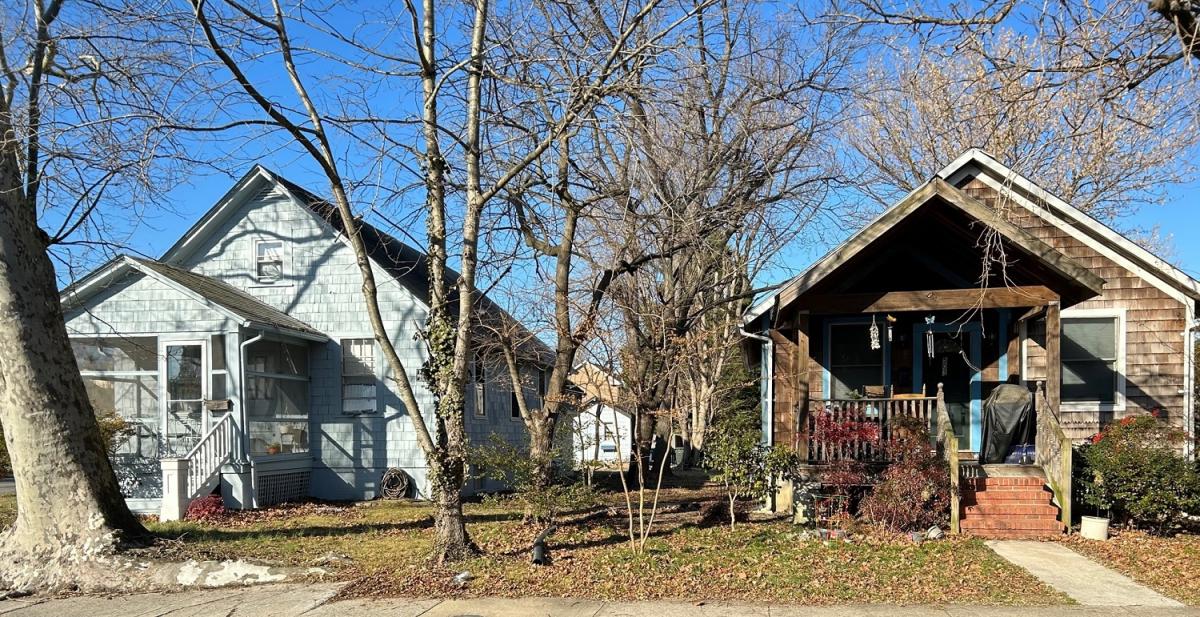
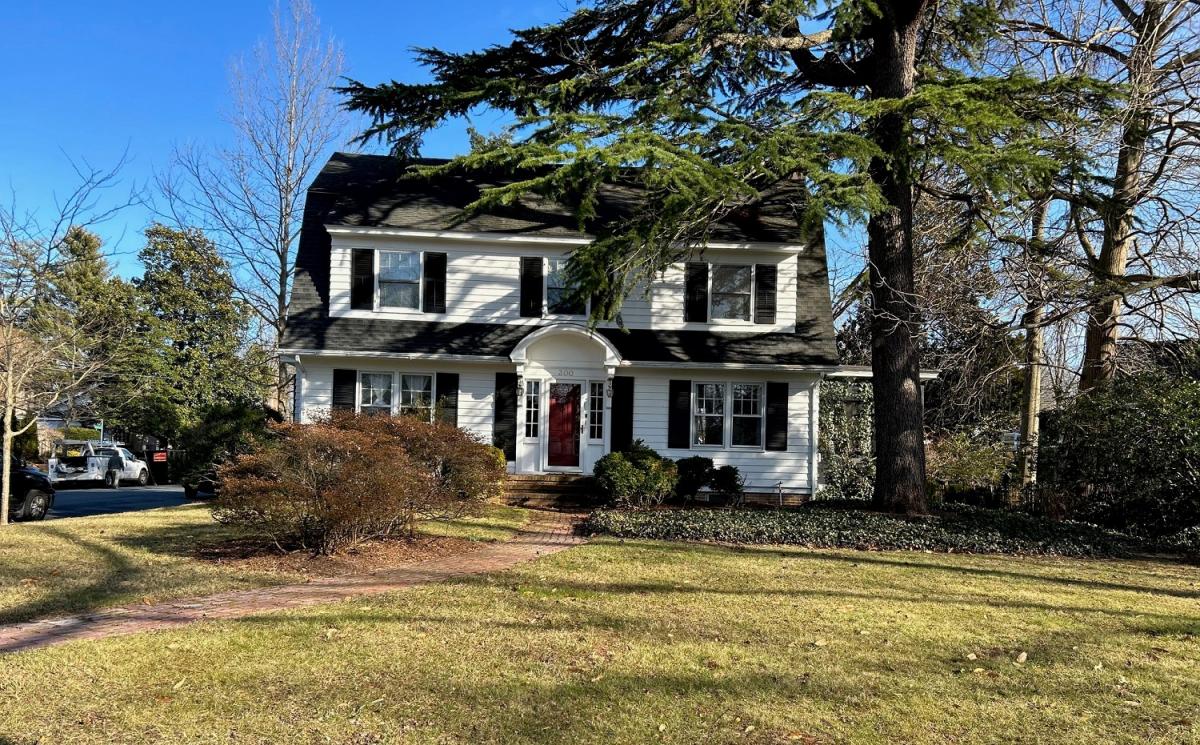
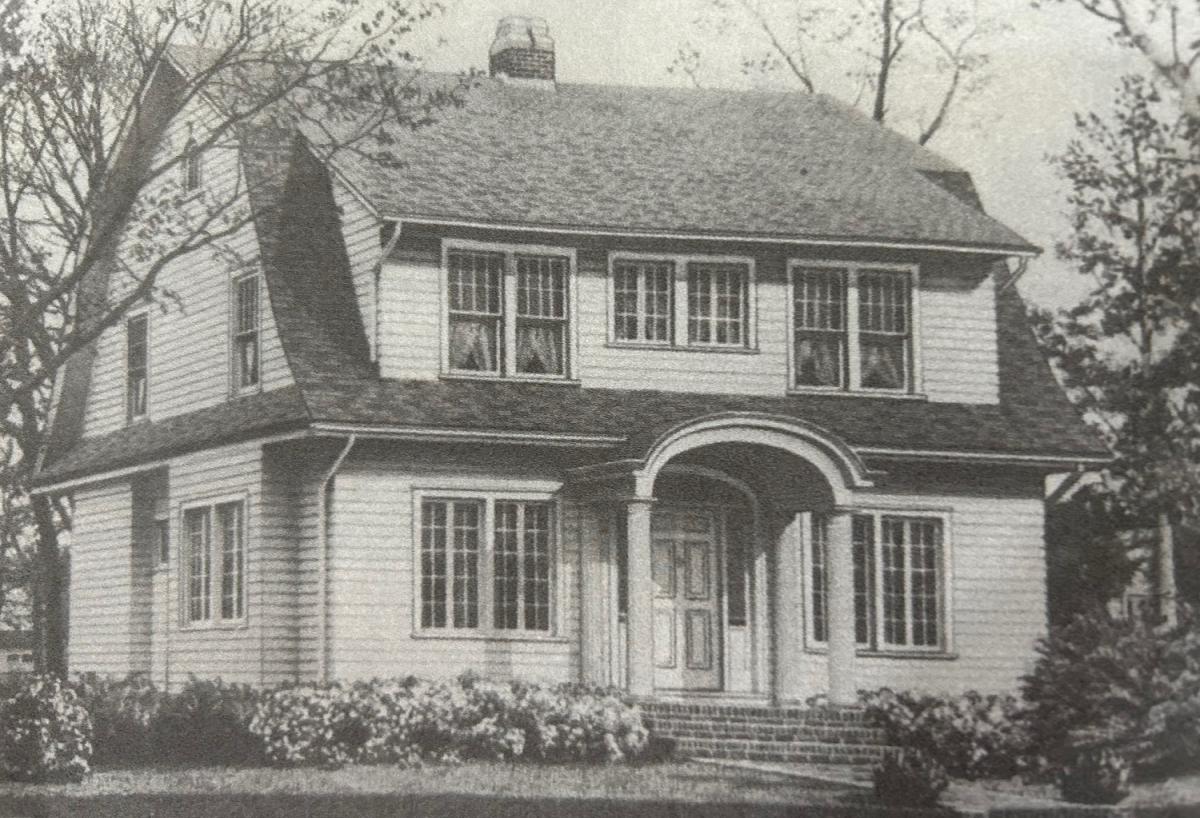
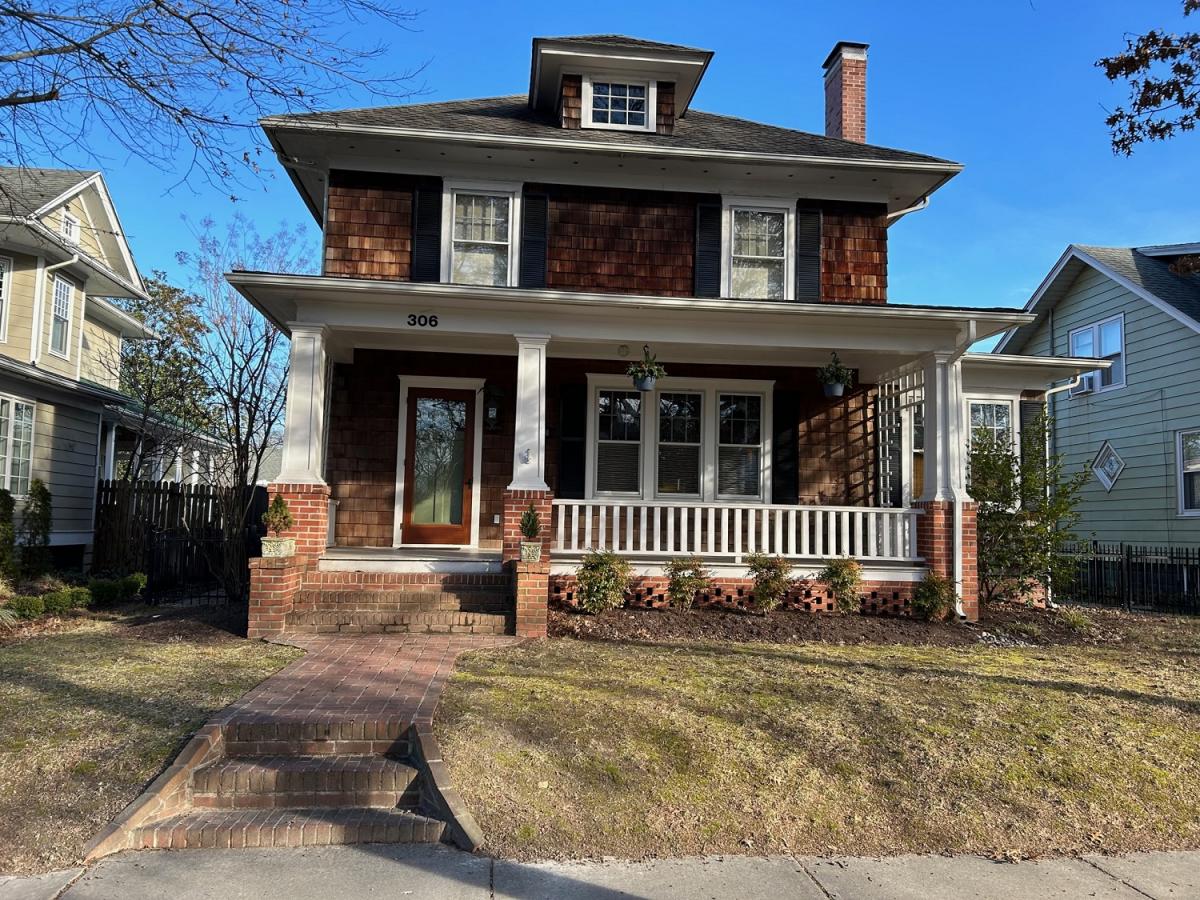
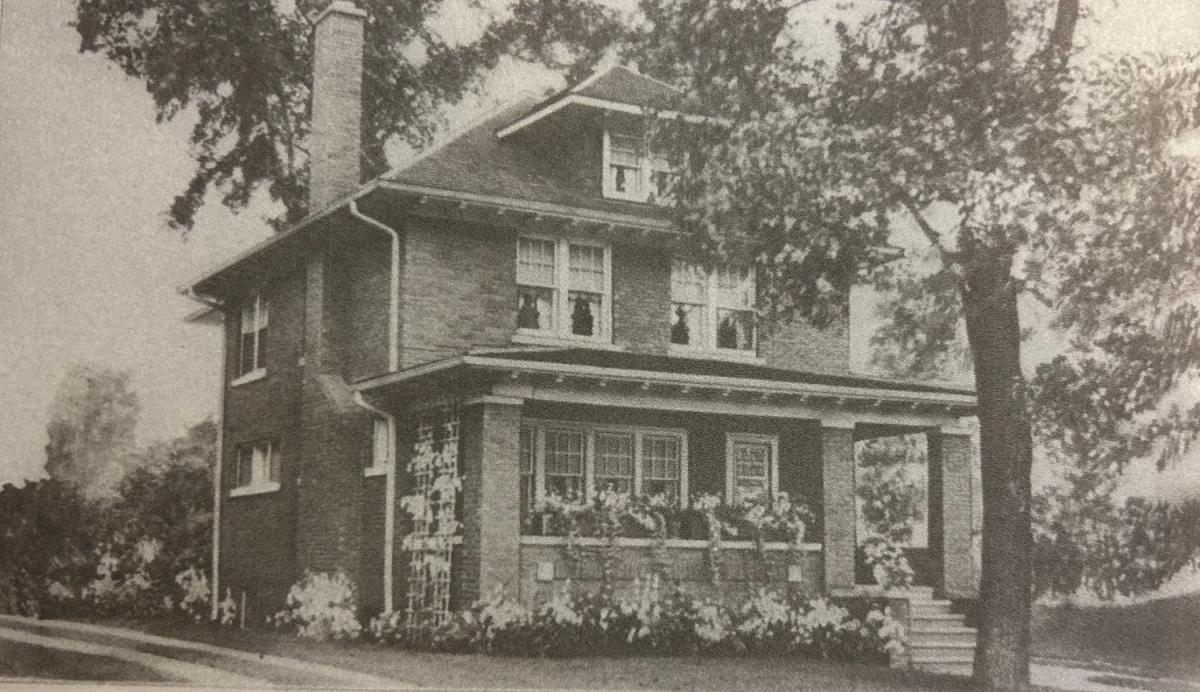
Pam Harris says
Thanks Jean. I grew up in LaGrange,ill a Victorian era Chicago suburb located on the Burlington rail line. We have a large historic district that includes many examples of Sears’ homes and also Frank Loyd Wright designs.
Wonderful article. Thanks for including photos and sources. And thanks for the memories!